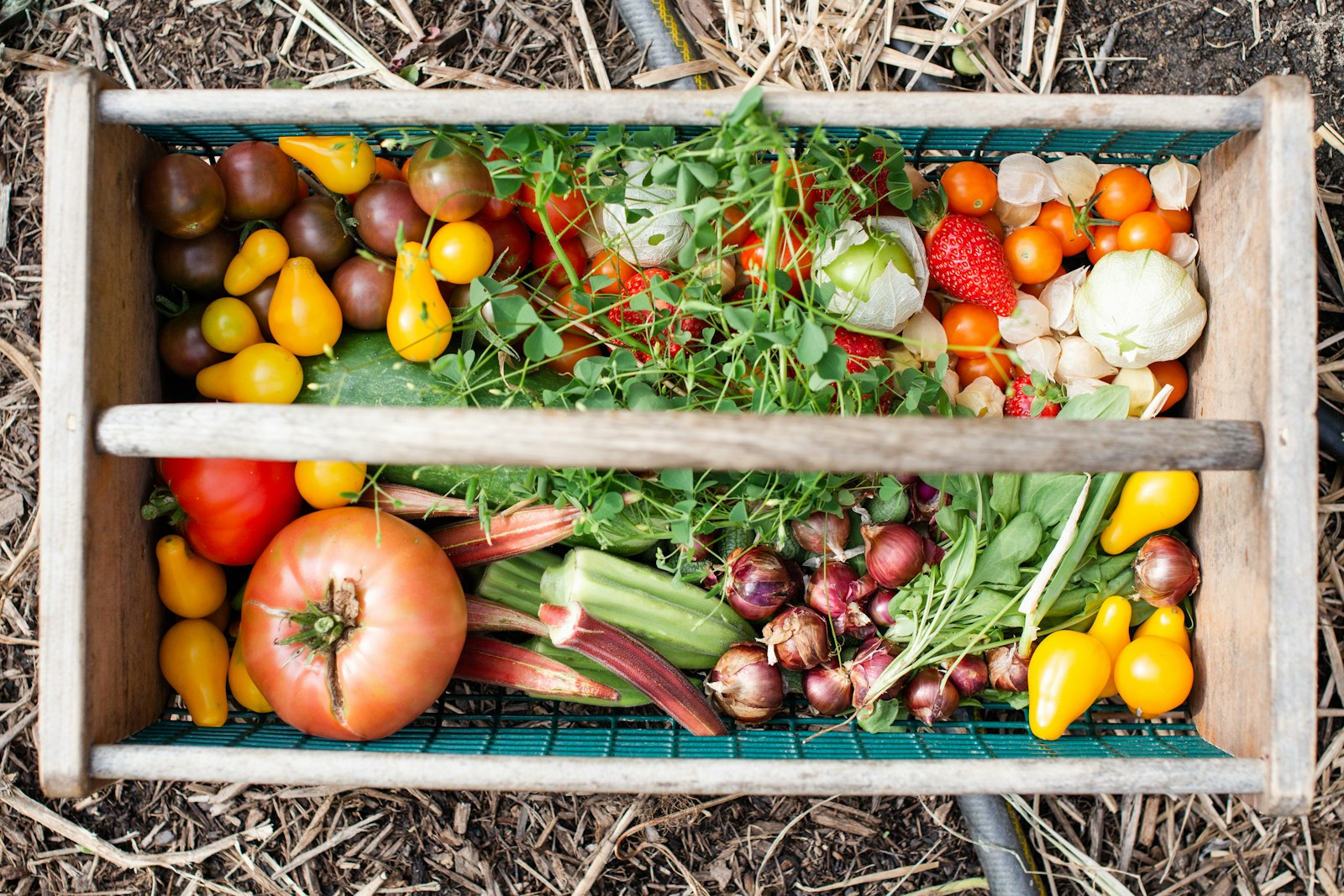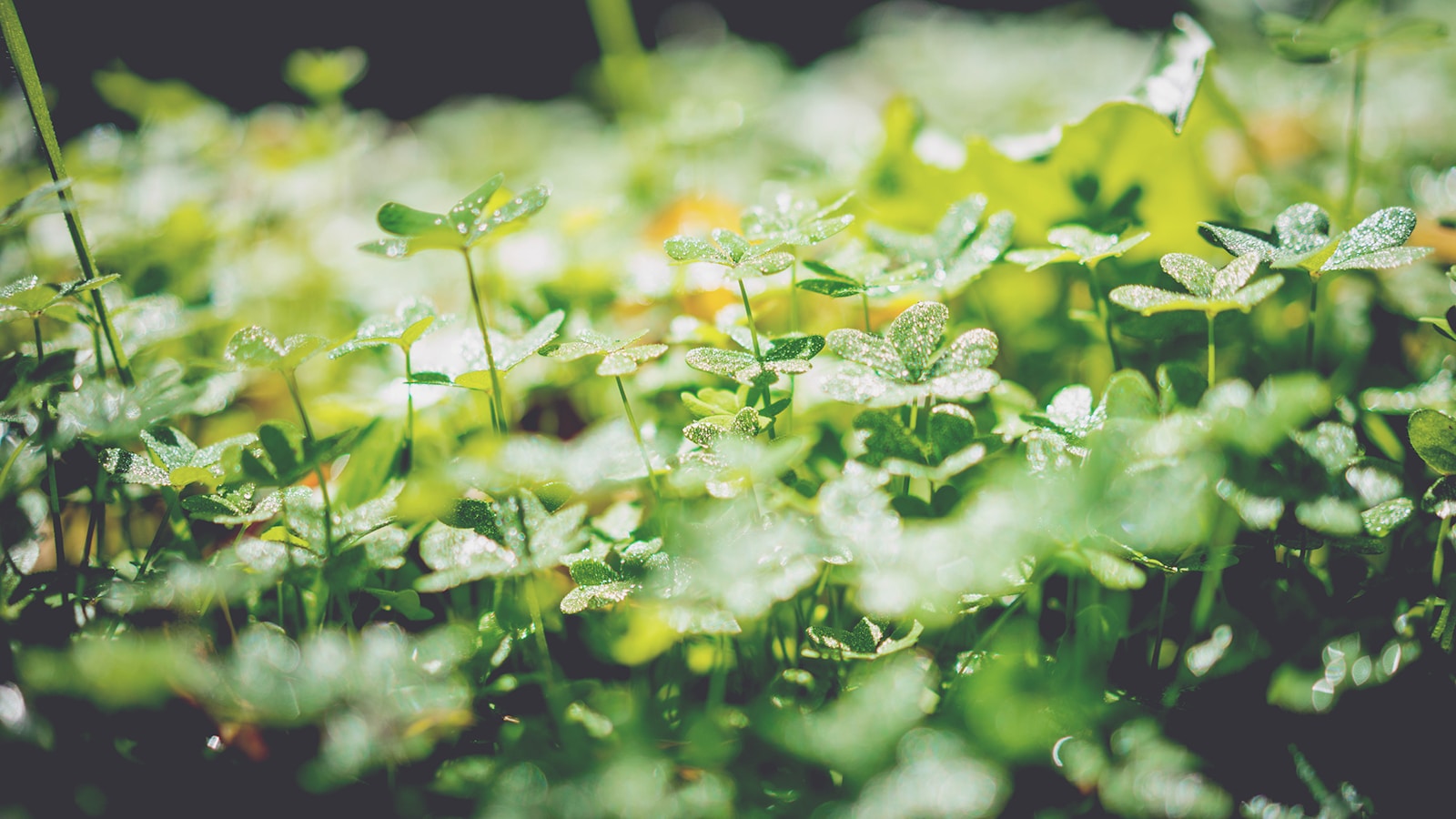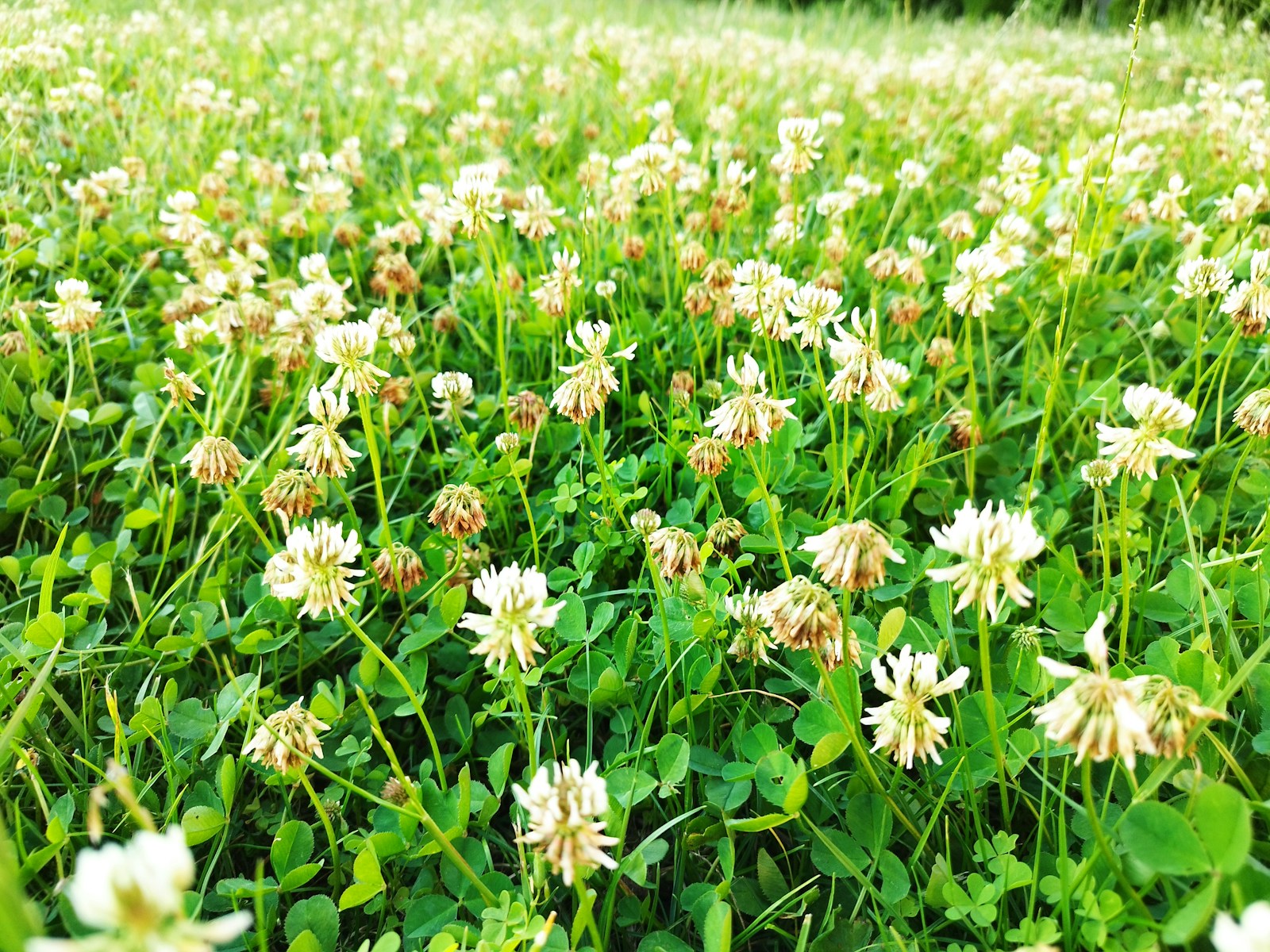Growing a thriving vegetable garden is a rewarding endeavor, but achieving maximum yield requires more than just planting seeds and watering them. One of the most critical factors in ensuring a bountiful harvest is proper fertilization.
Whether you’re a seasoned gardener in California or a beginner in Texas, understanding how to fertilize a vegetable garden for maximum yield can make all the difference.
This guide will walk you through everything you need to know, from choosing the right fertilizer to avoiding common mistakes.
Why Fertilizing Your Vegetable Garden Matters
Fertilizers provide essential nutrients that plants need to grow, flower, and produce fruit. While soil naturally contains some nutrients, they can become depleted over time, especially in high-yield vegetable gardens. Fertilizing replenishes these nutrients, ensuring your plants have the fuel they need to thrive.
According to the University of Georgia Extension, vegetables are heavy feeders, meaning they require more nutrients than many other plants. Without proper fertilization, your garden may produce smaller yields, weaker plants, and lower-quality vegetables.
Understanding Soil Health: The Foundation of Fertilization
Before you start fertilizing, it’s crucial to understand your soil’s current condition. A soil test, available through local agricultural extension offices, can provide detailed information about your soil’s pH and nutrient levels.
- Ideal pH for Vegetables: Most vegetables prefer a slightly acidic to neutral pH (6.0–7.0).
- Key Nutrients: Nitrogen (N), phosphorus (P), and potassium (K) are the primary nutrients plants need, often referred to as NPK.
For example, if you’re gardening in the clay-heavy soils of Georgia, you might need to add organic matter to improve drainage and nutrient availability.
Types of Fertilizers: Choosing the Right One for Your Garden
There are two main types of fertilizers: organic and synthetic. Each has its pros and cons, and the best choice depends on your gardening goals and preferences.
Organic Fertilizers
- Examples: Compost, manure, bone meal, fish emulsion
- Pros: Improve soil structure, release nutrients slowly, environmentally friendly
- Cons: Nutrient content can vary, slower results
Synthetic Fertilizers
- Examples: Granular or liquid fertilizers with specific NPK ratios
- Pros: Fast-acting, precise nutrient control
- Cons: Can harm soil microbes, risk of over-fertilization
A study by the University of California Cooperative Extension found that combining organic and synthetic fertilizers can provide both immediate and long-term benefits for vegetable gardens.
Step-by-Step Guide: How to Fertilize Your Vegetable Garden
Step 1: Test Your Soil
Start with a soil test to determine nutrient deficiencies and pH levels. This will guide your fertilizer choices.
Step 2: Choose the Right Fertilizer
Select a fertilizer based on your soil test results and the specific needs of your vegetables. For example, leafy greens like spinach and lettuce require more nitrogen, while root vegetables like carrots need more phosphorus.
Step 3: Apply Fertilizer at the Right Time
- Pre-Planting: Work compost or granular fertilizer into the soil before planting.
- During Growth: Use side-dressing or liquid fertilizers every 4–6 weeks during the growing season.
- Post-Harvest: Add compost or organic matter to replenish nutrients for the next season.
Step 4: Avoid Over-Fertilizing
Too much fertilizer can burn plants and harm soil health. Follow package instructions and err on the side of caution.
Common Fertilizing Mistakes and How to Avoid Them
- Over-Fertilizing: This can lead to nutrient runoff, harming local waterways. Stick to recommended amounts.
- Ignoring Soil pH: Nutrients may not be available to plants if the pH is too high or too low.
- Using the Wrong Fertilizer: Different vegetables have different nutrient needs. Tailor your approach accordingly.
Environmental and Sustainability Considerations
Fertilizers, especially synthetic ones, can have environmental impacts if not used responsibly. Nutrient runoff can contribute to water pollution, while overuse can harm soil microbes.
- Sustainable Practices: Use organic fertilizers, practice crop rotation, and incorporate cover crops to improve soil health naturally.
- Local Solutions: In drought-prone areas like Arizona, consider using water-soluble fertilizers to minimize waste.
Real-Life Case Study: A Texas Gardener’s Success Story
Maria, a gardener in Austin, Texas, struggled with low yields in her tomato garden. After conducting a soil test, she discovered her soil was deficient in potassium. She switched to a balanced organic fertilizer and added compost to improve soil structure. By the next season, her tomato plants were thriving, producing double the yield of the previous year.
Troubleshooting Tips for Common Fertilizing Problems
- Yellowing Leaves: Often a sign of nitrogen deficiency. Apply a nitrogen-rich fertilizer.
- Stunted Growth: Could indicate a lack of phosphorus. Use a fertilizer with a higher middle number (e.g., 10-20-10).
- Burnt Leaf Edges: A sign of over-fertilization. Flush the soil with water to dilute excess nutrients.
Final Thoughts
Fertilizing your vegetable garden for maximum yield doesn’t have to be complicated. By understanding your soil, choosing the right fertilizer, and following best practices, you can create a thriving garden that produces abundant, healthy vegetables. Whether you’re gardening in the humid Southeast or the arid Southwest, these tips will help you achieve the garden of your dreams.



